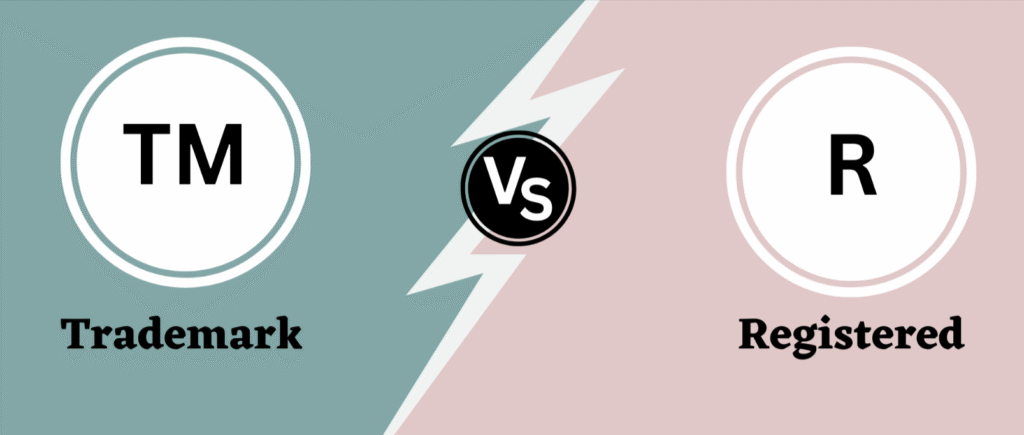Registration of a Trademark: What Beginners Need to Know

Registration of a Trademark
For anyone starting a business or developing a brand, understanding trademarks is essential. A trademark protects your brand’s identity, helps differentiate your products or services, and builds customer trust. Without proper trademark registration, your brand may be vulnerable to misuse, imitation, or legal disputes. This guide aims to introduce beginners to the basics of trademark registration and explain why it matters for business success.
Basics of a Trademark
A trademark is a sign, logo, name, or symbol that identifies your goods or services and distinguishes them from others in the marketplace. It gives you the exclusive right to use that mark in commerce and prevents competitors from using a similar mark that could confuse consumers. Registering a trademark offers legal protection, enhances brand value, and makes it easier to enforce your rights if infringement occurs. For beginners, knowing the importance of a trademark helps set a strong foundation for brand development.
Steps for Trademark Registration for Beginners
The process of registering a trademark may seem complicated at first, but breaking it down into clear steps makes it manageable:
· Step 1: Preliminary Search
Before applying, check if the trademark or a similar one is already registered to avoid conflicts.
· Step 2: Prepare Application
Gather necessary documents including a clear image or description of the mark, and decide on the classes of goods or services it will cover.
· Step 3: File the Application
Submit your application to the relevant authority, such as the EU Intellectual Property Office (EUIPO) for European trademarks.
· Step 4: Examination
The office reviews your application for compliance with legal requirements and searches for conflicting marks.
· Step 5: Publication
If the application passes examination, it is published to allow third parties to oppose registration.
· Step 6: Registration and Certificate
If there are no oppositions or they are resolved in your favor, your trademark is registered and you receive a certificate of registration.
Understanding each stage helps beginners avoid unnecessary delays or mistakes and prepares them for communication with trademark authorities.
Common Mistakes and How to Avoid Them
Beginners often make errors that can delay or jeopardize trademark registration. Some typical mistakes include:
- Choosing a mark that is too generic or descriptive, which may not qualify for protection.
- Failing to conduct a thorough prior search, leading to conflicts with existing trademarks.
- Incorrectly classifying goods or services, which can limit protection.
- Submitting incomplete or inaccurate applications.
- Ignoring opposition periods or legal requirements.
Avoiding these pitfalls requires attention to detail, research, and sometimes professional guidance.
Registering a trademark is a vital step for any new business aiming to protect its brand identity and build market presence. While the process can be challenging for beginners, understanding the basics and following a clear, step-by-step approach can ensure success. Protect your brand from the start by taking trademark registration seriously and seeking expert advice when needed. Doing so will help secure your brand’s future and give you confidence in a competitive marketplace.




